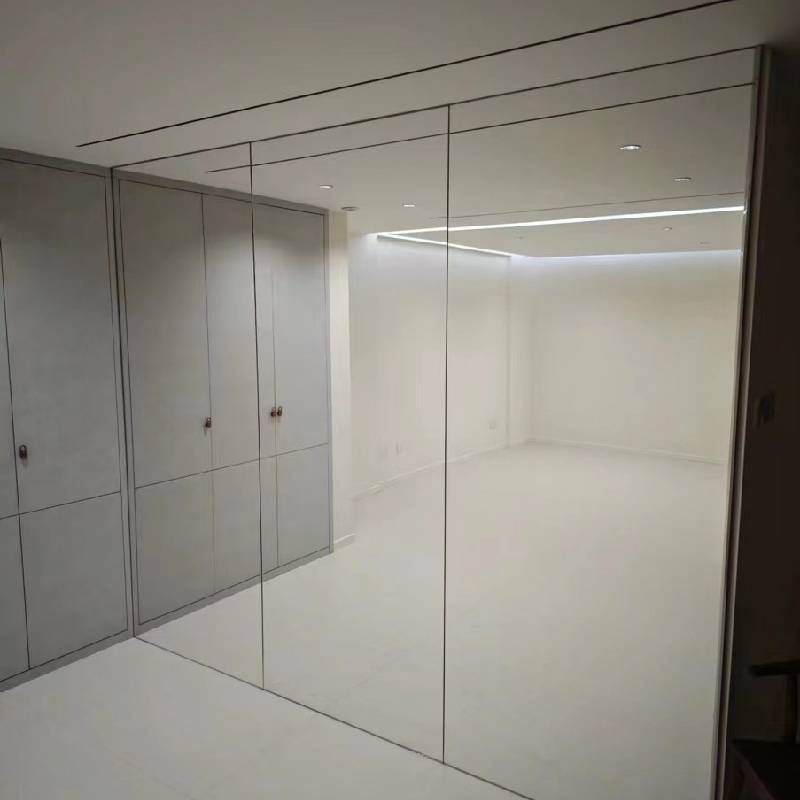

The Advantages of Tinted Toughened Glass
In the modern architectural landscape, the integration of advanced materials has revolutionized the way buildings are designed and constructed. Among these materials, tinted toughened glass has emerged as a popular choice for both commercial and residential applications. This unique type of glass not only enhances aesthetic appeal but also provides various functional benefits, making it an ideal option for contemporary buildings.
Understanding Tinted Toughened Glass
Tinted toughened glass, as the name suggests, combines two significant features tinting and toughening. The tinting process involves adding a colored pigment to the glass during manufacturing, which helps control the amount of light that enters a space. Toughening, on the other hand, is a thermal treatment that increases the glass's strength and durability. This process involves heating the glass to high temperatures and then cooling it rapidly, resulting in a material that is several times stronger than standard glass.
Aesthetic Versatility
One of the most compelling advantages of tinted toughened glass is its aesthetic versatility. Available in a variety of colors and shades, tinted glass can dramatically alter the appearance of a building. Architects and designers can use tinted glass to create a visually striking façade, harmonious with its surroundings, or to achieve a certain mood in interior spaces. The array of color options allows for endless creative possibilities, enabling buildings to stand out while maintaining an elegant look.
Energy Efficiency

Another key benefit of tinted toughened glass is its energy efficiency
. By reducing the amount of solar heat gain, tinted glass helps maintain comfortable indoor temperatures, minimizing the need for excessive air conditioning. This energy efficiency translates not only to cost savings for building owners but also contributes to a more sustainable approach to construction. Buildings equipped with tinted glass can receive better energy ratings, promoting a more environmentally conscious way of living and working.UV Protection
In addition to energy efficiency, tinted toughened glass offers enhanced UV protection. The tinting process significantly reduces harmful ultraviolet rays, which can cause skin damage and fade furnishings and flooring. This protective quality is especially valuable in homes and commercial spaces with large windows or glass walls, ensuring that the aesthetic integrity of interiors is maintained and that occupants are shielded from potential health risks associated with UV exposure.
Safety and Security
Safety is a paramount concern in any construction project, and tinted toughened glass excels in this regard. The toughening process makes this type of glass resistant to impacts and less likely to shatter upon breakage, reducing the risk of injury. Additionally, the darker tint can deter unwanted attention and enhance privacy, making it an excellent choice for residential areas, offices, and retail spaces alike.
Conclusion
In summary, tinted toughened glass marries aesthetics, functionality, and safety in a way that few materials can boast. Its ability to enhance the visual appeal of a building while simultaneously improving energy efficiency and providing UV protection makes it a valuable choice for architects and builders. With its superior strength and durability, it stands the test of time, offering both immediate and long-term benefits. As the demand for innovative building materials continues to grow, tinted toughened glass is poised to remain at the forefront of modern construction, meeting the diverse needs of contemporary design and sustainability.